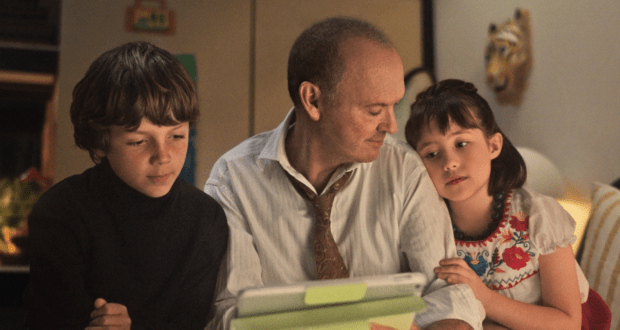Tim Story’s film, The Blackening, is a thrilling and thought-provoking exploration of racism, identity, and the consequences of prejudice. Through its narrative of a group of friends trapped in a cabin with a killer who forces them to confront their own biases, the film delivers a powerful message about the dangers of perpetuating stereotypes and the importance of unity in the face of adversity.
The story begins with Morgan and Shawn, who stumble upon a racist board game called “The Blackening” in the cabin’s basement. This discovery sets off a chain of events that forces the group to confront their own prejudices and face the consequences of their actions. The game, with its racist caricatures, serves as a metaphor for the harmful stereotypes that persist in society and the way they can lead to division and violence.
Throughout the film, the characters are subjected to a series of challenges and questions that test their knowledge of African-American culture. These questions highlight the importance of understanding and appreciating one’s cultural heritage, while also exposing the ignorance and biases that can exist within a community. The game’s demand for the sacrifice of one of their own based on their perceived level of “blackness” forces the characters to grapple with the damaging effects of internalized racism and the harm it inflicts on individuals and communities.
One of the film’s most significant themes is the notion of unity and solidarity. The friends must rely on each other’s strengths and support one another to survive the ordeal. However, they also discover the consequences of division and infighting when they make the decision to sacrifice Clifton based on his political beliefs. This decision ultimately leads to Clifton’s death and serves as a poignant commentary on the destructive power of internal divisions and the importance of embracing diversity within marginalized communities.
The Blackening also highlights how individuals can be manipulated and exploited based on their insecurities and vulnerabilities. The mastermind behind the events in the film revealed to be Clifton, expresses his resentment towards the group for doubting his “blackness.” His desire for revenge stems from his own internalized struggles and feelings of inadequacy. This exploration of the effects of internalized racism and the potential for it to manifest in destructive ways adds depth and complexity to the film’s message.
The film’s climax and resolution further emphasize the significance of unity and resilience. Despite the challenges they face, the friends manage to overcome the killers and emerge victorious. They realize the importance of sticking together and supporting one another, ultimately defeating the forces that sought to divide and destroy them.
In its entirety, The Blackening is a film that aims to shed light on the persistent issue of racism and the damaging effects it has on individuals and communities. Through its gripping storyline and well-developed characters, the film encourages audiences to reflect on their own biases, challenge stereotypes, and strive for unity and understanding. By highlighting the consequences of division and the power of solidarity, The Blackening serves as a powerful reminder of the importance of empathy, acceptance, and the fight against racism in all its forms.






















